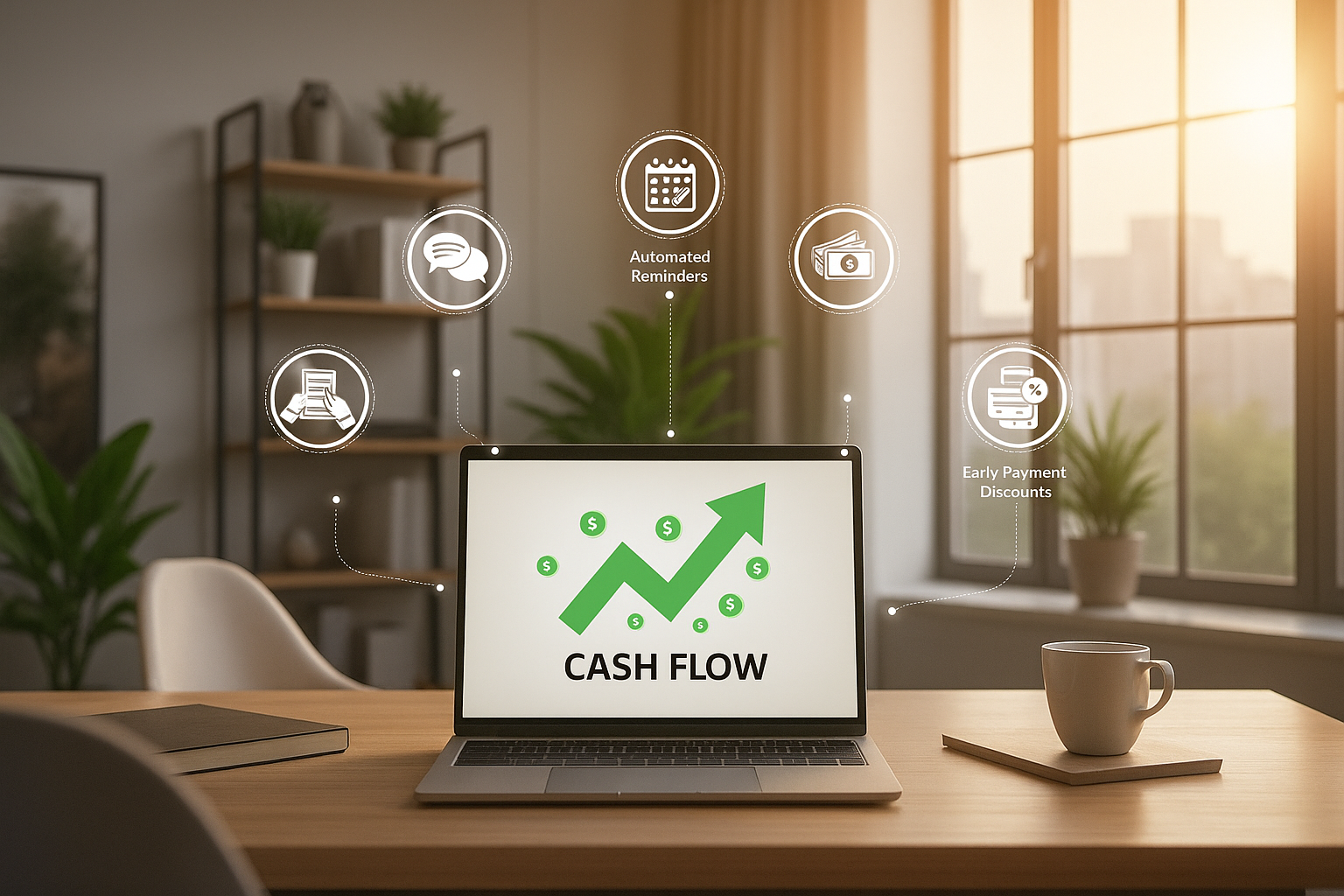4-Step Guide To Building An MSP Sales Pipeline

Let us all take a minute to ensure the crucial factors that affect the bottom line are in the spotlight. Especially when we are focusing on sales development and building a sales pipeline - from scratch for the MSPs.
In this blog, we’re charging towards four key points to ensure that the focus is not lost from building an MSP sales pipeline that helps in better sales forecasting and predictive revenue.
#1 Decide how your ideal sales pipeline should look
The important step to begin when building a sales pipeline is to foresee how you want your pipeline to be. When you are dealing with customers and organizations who are interested in your product/services, you have already taken the first step towards building an MSP sales pipeline.
However, not every prospect from your list will convert to become a customer. In fact, a few of the prospects might just drop in the middle of the conversation and never turn up. And to deal with different types of prospects, you form a pipeline. Your sales pipeline is created, keeping in mind the different scenarios and situations that might occur. These are the sales stages, and they can be,
- Targets (at the very early stage and never contacted)
- Contacted
- Meeting agreed (sent the agenda and a meeting invite)
- Proposal sent (met, sent the proposal with the proposed figure)
- Close (agreed on the proposal, time to get e-signatures)
The sales stages must mirror the buyer stages of the prospects or the customers. Not every prospect’s proposal stage will be on the fourth. For a few, the proposal could be in third place also.
Every buying cycle is different, and as an MSP, you must be ready to outline the different journeys and plan the sales pipeline accordingly.
#2 Determine the magic numbers
The magic numbers are the number of deals you need to add to your sales pipeline to achieve your goals. It’s never the case that all the prospects you add to your pipeline will convert! Isn’t it better than a dream come true?
The magic numbers are the number of deals you might win on an average. And as someone who is building a sales pipeline should also analyze and limit the deal closure rate. It’s not an easy job, but when you have a specific number around, you’ll be able to see how your sales pipeline looks and what number of deals you should be adding to the sales pipeline to reach your goals.
#3 Boost stage-to-stage journey
Once you have the sales pipeline outlined, the movement of the deals from one stage to the other needs to be on track. No deal must die while traversing between stages. With every stage comes an event or an action to perform.
For example, writing a proposal, identifying stakeholders, or budget approval- these are all events associated with the deal stages. As a builder of the sales pipeline or an MSP, it is essential that you create certain activities in the deal stages. However, the outcomes cannot be controlled or managed.
Setting objectives for yourself at different stages is valuable. But make sure that your deal stages do not stall.
#4 Maintain a routine to fill your sales pipeline
Your sales pipeline will never fill all by itself. It’s demonic. And to maintain a full sales pipeline, MSPs have to put in efforts to keep the momentum. There are multiple such activities, which, when performed regularly, will help you to get your numbers up. However, these activities should be repeated so much in your day-to-day life that it becomes a habit.
To understand how you can keep your sales pipeline full, read the article ‘9 habits to keep your MSP sales pipeline full’.
Conclusion
Building an MSP sales pipeline is tough as it involves solving complex situations and odds. But, isn’t ‘sales’ that complex anyway? Yes, it is!
If you follow the steps mentioned above to build a sales pipeline, you’ll notice insightful outputs. But as an MSP, you must be ready to take chances. Probably, you are wrong at first, but you must not stop customizing the sales pipeline.
Adopt a healthy approach to building your sales pipeline. Read a lot, take your chances, fall for a few numbers of times, and make continuous changes. You will surely create a sales pipeline which would be compatible with your business and expectations.


.png)


.avif)








